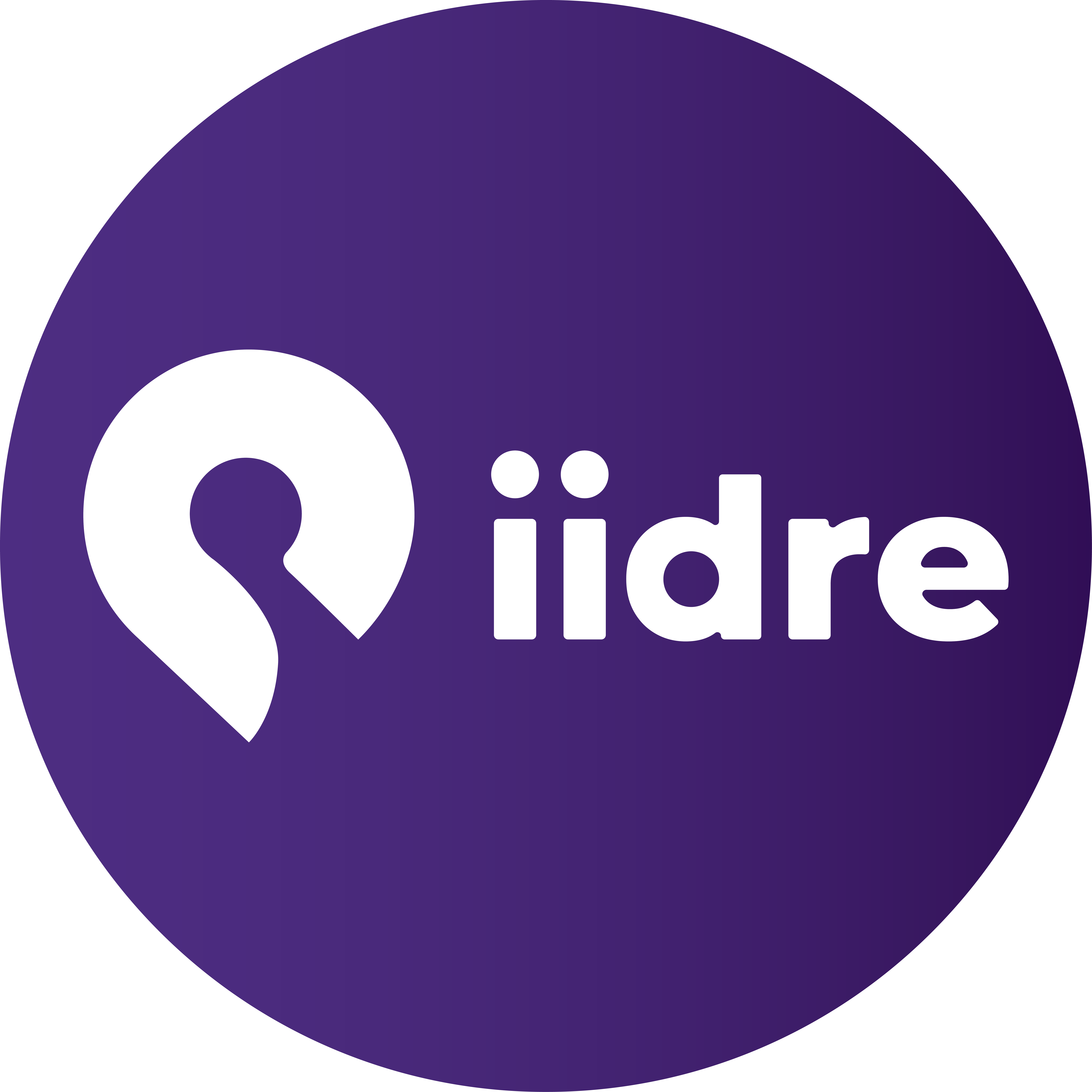Ultra wideband (UWB) solutions are based on the Time of Flight (ToF) method to measure the distance between two radio transceivers by multiplying the ToF of the signal by the speed of light. Based on this basic principle, UWB technology can be implemented in different ways depending on the functionalities of the target applications: precise distance measurement, geolocation of resources or people, and feedback of location data to participate in the control of autonomous vehicles.
In UWB, two main protocols are used:
1) Two-way ranging (TWR / DSTWR)
The TWR method is based on a bidirectional communication between two devices. During their communication, the devices also measure the ToF of the UWB radio frequency (RF) signal between them. By multiplying the round-trip time of the signal by the speed of light and dividing it by 2, you can obtain with the TWR the actual distance between the two devices. On this basis, you can also implement a 2D or even 3D localization by measuring the distance between your mobile and fixed devices.
The PDoA (Phase Difference of Arrival) method consists in combining the TWR which provides the distance between two devices with the measurement of the angle difference between these two. The combination of distance and angle allows to calculate the relative position. To do this, one of the 2 devices has two antennas and is able to measure the PDoA of the RF signal.
Positive points :
- the synchronization of the system is not necessary,
- deployment is easy,
- the TWR allows control and downward transfer.
Areas for improvement :
- energy consumption is higher,
- the number of mobile devices is limited (by the hundreds).
2) Time difference of arrival (TDoA)
The TDoA method is very similar to GNSS. Several reference points, called anchors, are deployed in a location and are synchronized with respect to time. The mobile devices will emit a signal (blink) and when the signal is received, the anchor will send the time stamp. The timestamps of several anchors are then sent back to a central location engine that will execute multilateration algorithms, based on the signals from the devices, to compute the X, Y, Z of the mobile devices.
Positive points:
- better autonomy for the mobile’s battery,
- good possible density of devices (by thousands).
Areas for improvement:
- deployment is more complex,
- the fixed anchors must be synchronized with each other.
Reference: Decawave

